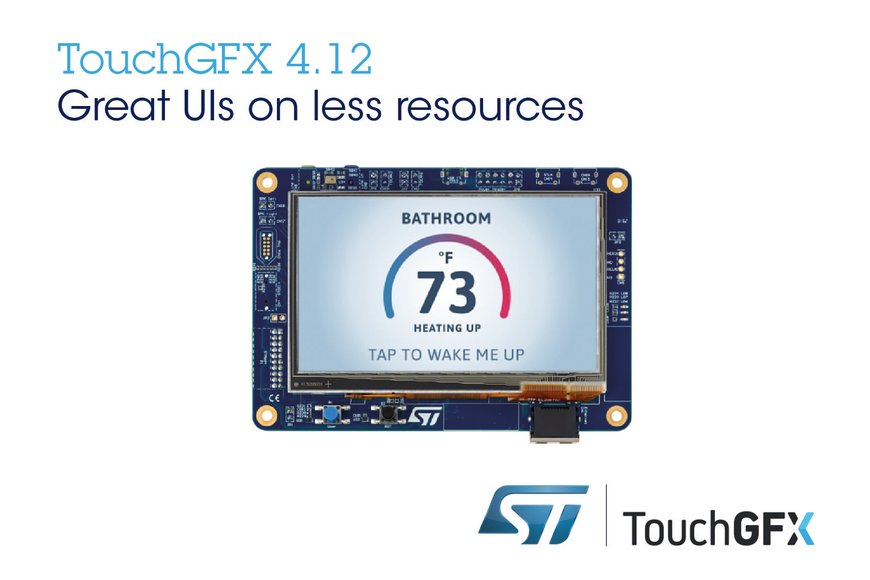

ISO 26262 documentation supports automotive applications such as powertrain and Advanced Driver Assistance Systems (ADAS), while industrial safety-related systems can demonstrate compliance to IEC 61508. Their comprehensive safety document set is a huge advantage to engineers and will most certainly drive R5 adoption in safety critical applications. Lately, ARM has been touting their safety support for automotive, health, and industrial markets using the Cortex-R5 processor. Return from exception using data from the stack and CPS – Change processor state, such as interrupt mask setting and clearing, and mode changes. The ARMv7-R architecture contains exception processing instructions to reduce interrupt handler entry and exit time: SRS – Save return state to a specified stack frame RFE – SWP operations to slow areas of memory.multiple accesses to areas of memory marked as Device or Strongly Ordered.To minimize the interrupt latency, ARM recommends that you do not perform: Restartable memory operations are the multiword transfer instructions LDM, LDRD, STRD, STM, PUSH, and POP that can access normal memory. On receipt of an interrupt, the processor abandons any pending re-startable memory operations. This provides faster interrupt entry, but you can disable it for compatibility with earlier controllers. The core has a dedicated port that enables an external interrupt controller, such as the ARM PrimeCell Vectored Interrupt Controller (VIC), to supply a vector address along with an IRQ. Interrupt handling in the processor is compatible with previous designs, but has several additional features for real-time applications. The processor has Tightly-Coupled Memory (TCM) ports for low-latency and deterministic accesses to local RAM, in addition to caches for higher performance to general memory. Interrupt latency is kept low by interrupting and restarting load-store multiple instructions, and by use of a dedicated peripheral port that enables low-latency access to an interrupt controller. The new cores also add ECC and parity protection to the AXI port bus (as well as the L1 memories). All three have a memory protection unit – the R5/7 with 12 or 16 memory regions.

The two new models add a snoop control unit (SCU) for de-bug. The R5 adds dual-core asymmetric multi-processing (AMP) configuration and the R7 has asymmetric or symmetric multi-processing. The R5 has about the same basic performance as the R4, while the R7 is, on average, about 45% faster at the same clock speed. The cores system-level features include a high priority low-latency peripheral port (LLPP) for fast peripheral reads and writes, and an accelerator coherency port (ACP) providing cache coherency for increased data transfer efficiency and more reliable firmware changes.
Interface memory procssor code#
They implement the ARMv7-R architecture, and include Thumb-2 technology for optimum code density and throughput.

In 2011 ARM introduced the Cortex-R5 and -R7 cores which were said to have increased efficiency and reliability, and enhanced error management for dependable realtime systems.

All of the R-series offers deterministic and reasonably quick interrupt response. The Cortex-R4 core was commonly used in high-volume, deeply embedded SoC applications such as hard-disk drive controllers, wireless baseband processors, consumer products, and electronic control units for automotive systems.
Interface memory procssor series#
The Cortex-R series of cores from ARM focus on real-time applications.


 0 kommentar(er)
0 kommentar(er)
